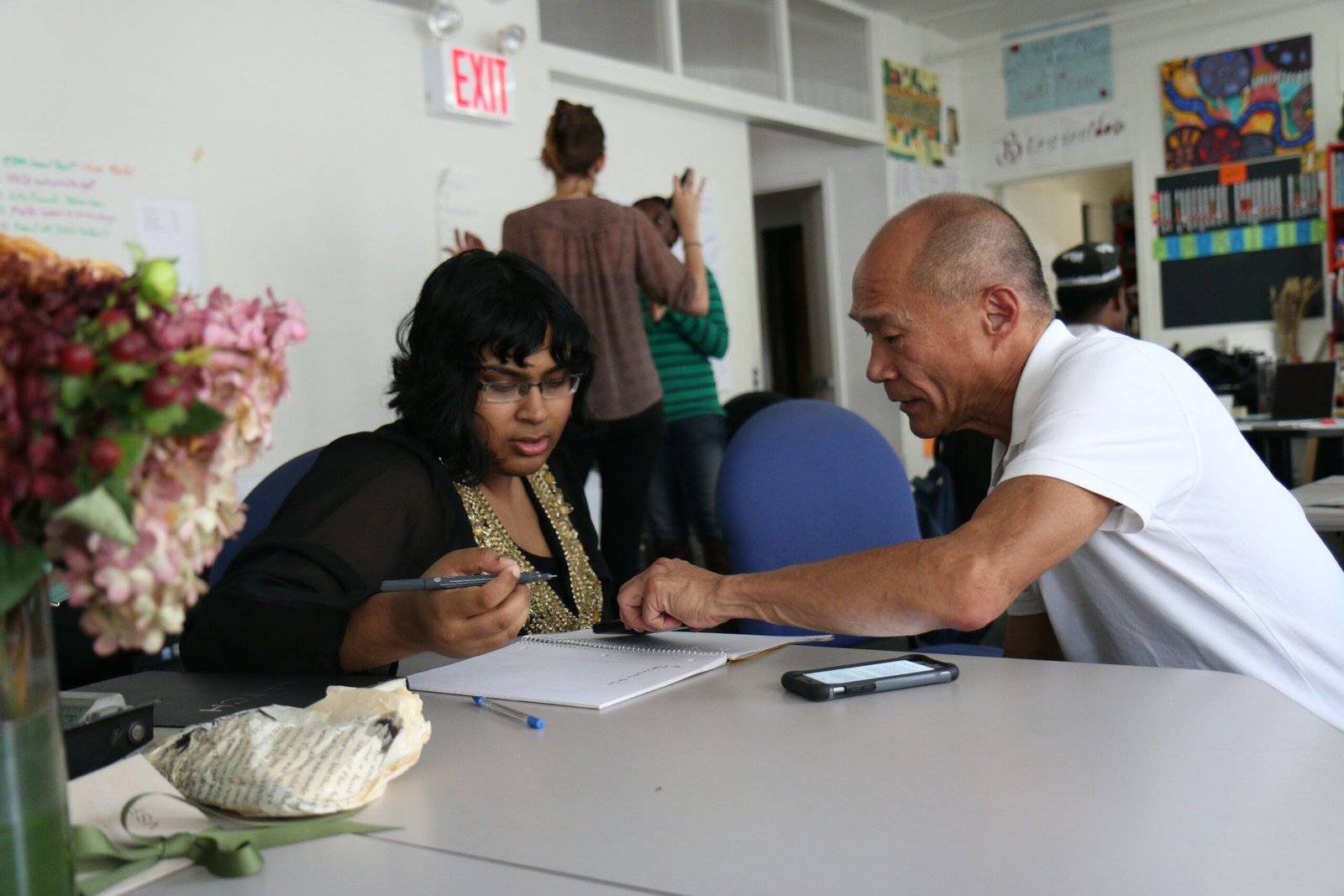The Importance of Inclusive and Diverse Approaches to Exercise
Fitness has long been associated with a narrow and exclusive ideal of what it means to be healthy. Traditionally, the fitness industry has focused on promoting a certain body type, often leaving out individuals who do not fit into this narrow mold. However, there is a growing recognition that fitness should be inclusive and diverse, catering to people of all shapes, sizes, abilities, and backgrounds.
When we talk about inclusive and diverse approaches to exercise, we are not just referring to physical appearance. It goes beyond that. It means creating an environment where everyone feels welcome and supported, regardless of their age, gender, race, or fitness level. It means acknowledging that there is no one-size-fits-all approach to fitness and that different bodies have different needs and abilities.
The Benefits of Inclusive and Diverse Fitness
Embracing inclusive and diverse approaches to exercise brings numerous benefits to individuals and communities alike. From a personal perspective, it allows individuals to find joy and fulfillment in movement, free from the pressures of conforming to unrealistic standards. It promotes body positivity and self-acceptance, fostering a healthier relationship with one’s body.
Furthermore, inclusive fitness environments promote social connections and a sense of belonging. When people from diverse backgrounds come together to exercise, they create a supportive community that celebrates differences and encourages each other’s progress. This sense of community can be a powerful motivator and can help individuals stay committed to their fitness goals.
Examples of Inclusive and Diverse Fitness Approaches
There are many ways in which fitness can be made more inclusive and diverse. Here are a few examples:
1. Adaptive Fitness
Adaptive fitness programs cater to individuals with disabilities or special needs. These programs are designed to accommodate different abilities and provide modifications and alternatives to traditional exercises. By focusing on what individuals can do rather than what they can’t, adaptive fitness promotes inclusivity and empowers individuals to reach their full potential.
2. Body-Positive Fitness
Body-positive fitness movements aim to challenge and redefine societal beauty standards. They promote self-love, body acceptance, and the idea that all bodies are worthy of care and respect. Body-positive fitness classes and communities create safe spaces where individuals can exercise without judgment and focus on their overall well-being rather than their appearance.
3. Culturally-Inclusive Fitness
Culturally-inclusive fitness recognizes and celebrates the diverse backgrounds and traditions of its participants. It incorporates elements of different cultural practices, such as dance, martial arts, or traditional games, into fitness routines. By embracing cultural diversity, these programs make fitness more engaging and relevant to individuals from various ethnic backgrounds.
4. Health at Every Size (HAES)
The Health at Every Size (HAES) movement promotes the idea that health is not determined by body weight or size. It emphasizes intuitive eating, joyful movement, and body respect. HAES encourages individuals to focus on their overall well-being rather than weight loss, fostering a positive and sustainable approach to fitness.
Conclusion
Redefining fitness to be inclusive and diverse is a necessary step towards creating a healthier and more equitable society. By embracing individuals of all backgrounds and abilities, we can create fitness environments that empower and support everyone on their journey towards better health. Whether it’s through adaptive fitness, body-positive movements, culturally-inclusive programs, or the HAES approach, there are countless ways to make fitness more inclusive. Let’s continue to challenge the status quo and redefine what it means to be fit.



